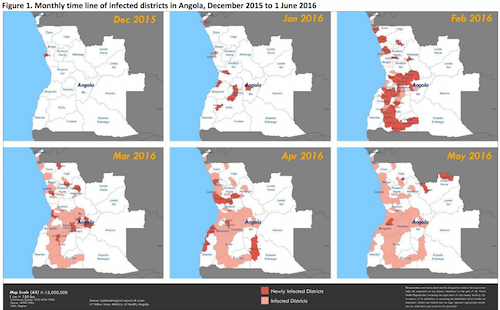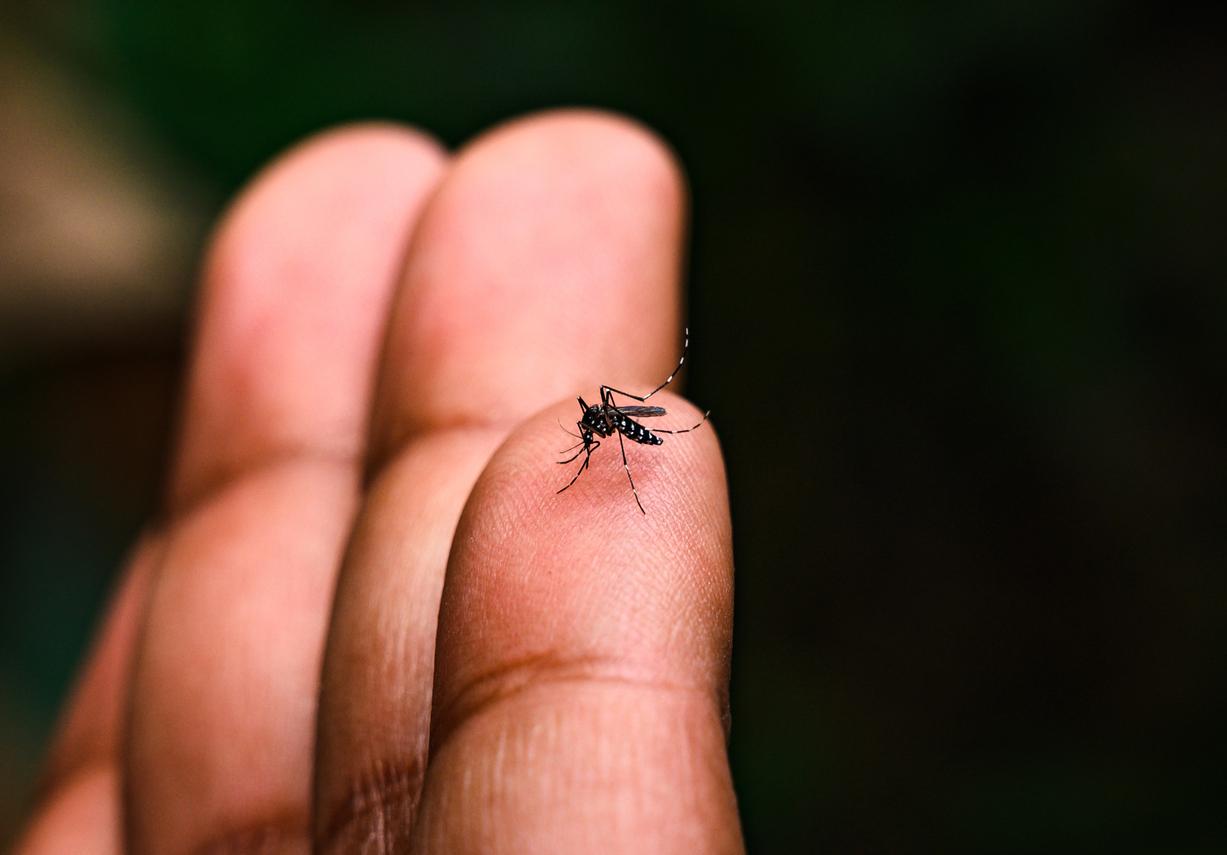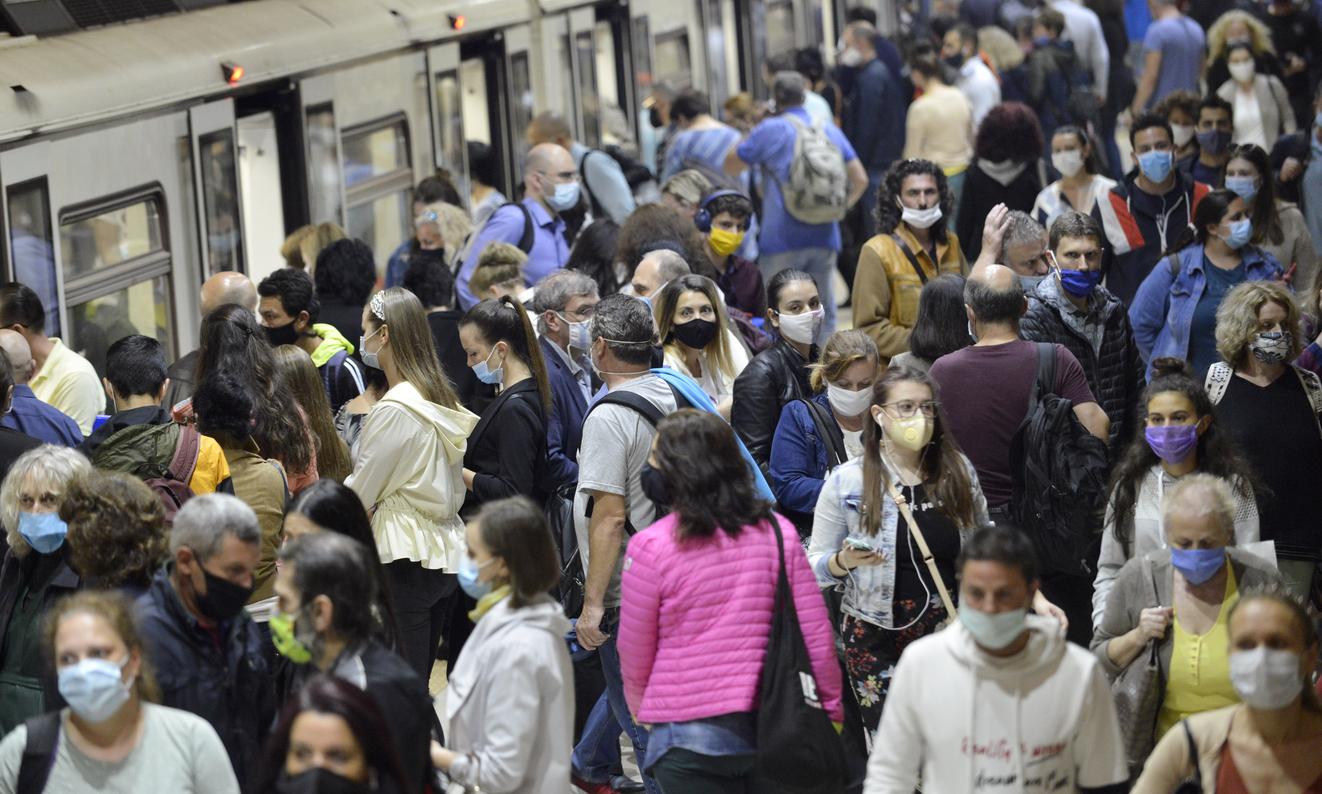After being declared at the end of last December in Angola, the yellow fever epidemic is spreading strongly and affecting other neighboring countries.

Nearly 3,000 suspected cases of yellow fever in West Africa. Faced with the outbreak of cases in Angola, DRC (Democratic Republic of Congo) and Uganda, the Director General of the World Health Organization (WHO) concludes in a report that the yellow fever epidemics affecting two countries report “serious public health events”. They would justify “intensifying national action and increased international support”. However, the epidemic is still localized. For the WHO, there is no question of talking about a public health emergency of international concern. Nevertheless, a health mobilization is urgent.
Yellow fever, an acute viral haemorrhagic disease, is transmitted to humans by mosquitoes, an insect also responsible for the spread of the Zika virus, chikungunya and dengue.
325 dead in Angola
In Angola, the WHO estimates at 2,893 the number of suspected cases, among them nearly eight hundred have been confirmed. 325 people are believed to have died from the infection. “Despite extensive vaccination campaigns in several provinces, the circulation of the virus persists,” laments the WHO in a statement. In Congo, nearly fifty cases of yellow fever have been detected. 44 cases were imported from Angola. In Uganda, 68 people are suspected of carrying the disease in three regions.
According to the Ugandan ministry, “the sequencing results show that these groups are not epidemiologically linked to Angola”. The virus is “largely concentrated in large cities”, explains the WHO. However, the risk of spread remains increased in provinces where vaccination is rare. WHO also deplores the lack of vaccination near borders, where travelers and foreigners are not vaccinated.

Red square: infected areas – Pink square: recently infected areas
.















